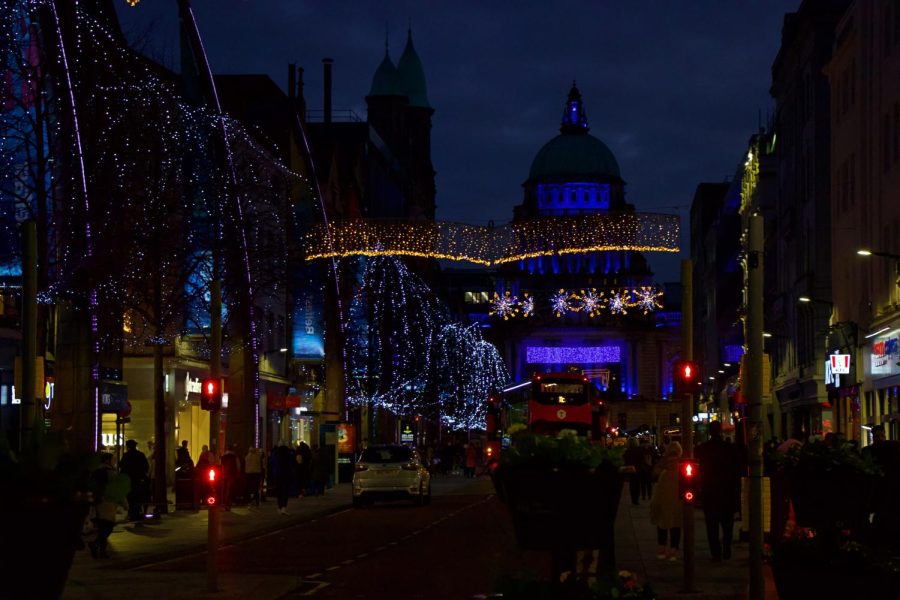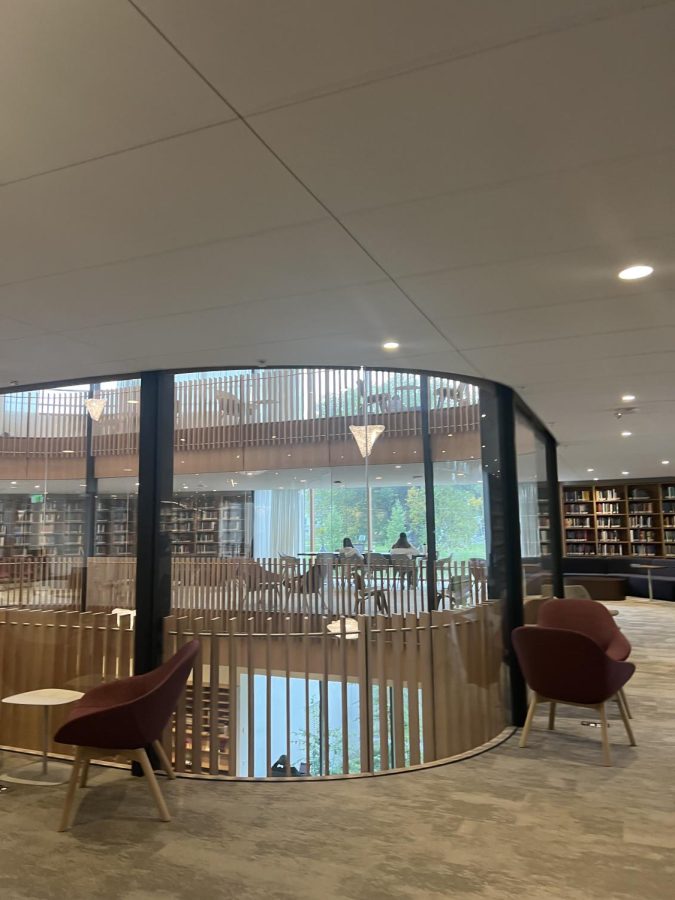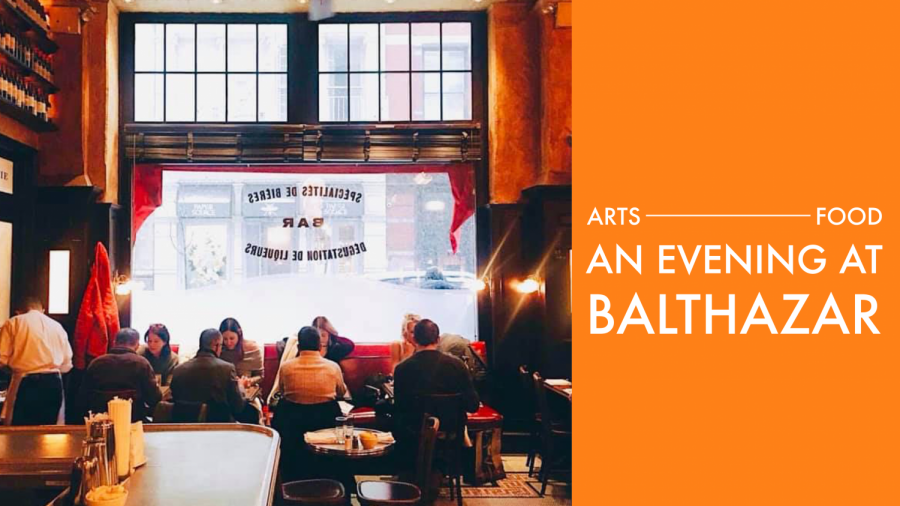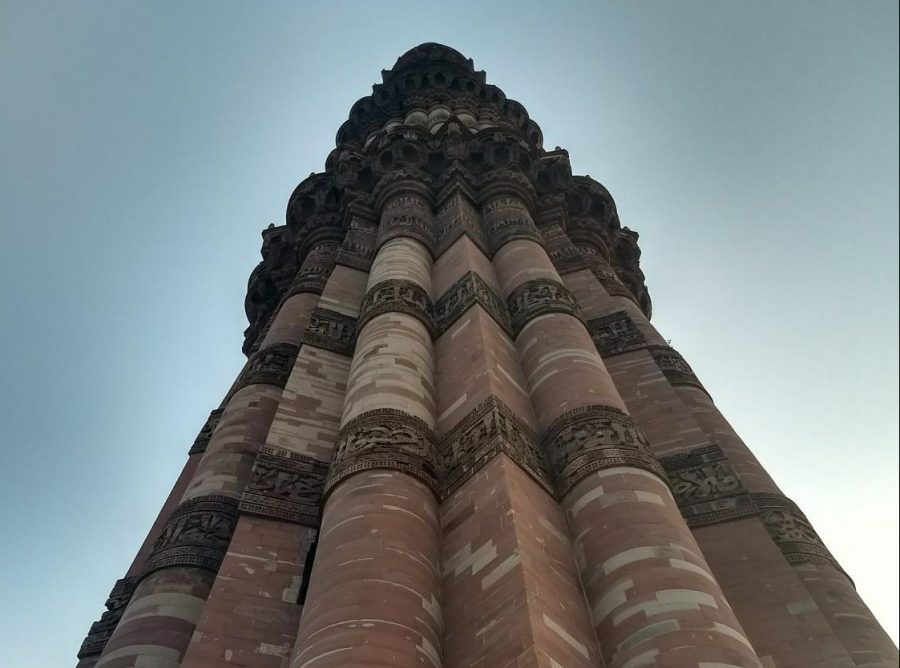Some neighbors spend time together sitting on each others’ porches, talking late into the night. Some jog the sidewalks of their neighborhoods, exchanging the latest gossip in between breaths. Some neighbors don’t interact much at all, managing the occasional “hello” when they cross paths.
Mike Wisseman and Will Sillin of Sunderland make art in a cornfield.
Warner Farm owner Wisseman and longtime friend and neighbor Sillin, an artist, teamed up in 2000 to fashion a design out of Wisseman’s four-acre cornfield. Wisseman provided the medium and Sillin, the design. They’ve been making art from corn every year since.
This year, a plane flying over the now eight-acre field gives a view of the Campbell’s Tomato Soup can made famous by pop artist Andy Warhol.
“I’m gonna claim credit for that one,” said Sillin of this year’s design. In the past, Sillin and Wisseman have decided on designs based on suggestions from friends and family.
The two neighbors worried at first that the design would be “too avant garde,” Sillin said, but the record 2,500 visitors Wisseman said came to the maze on Oct. 10, the Sunday of Columbus Day weekend, didn’t seem to think so.
“Upwards of ten thousand people” navigate the stalks of cattle corn every year, said Wisseman. They come to explore the maze’s many different features, which include trivia questions on art history (answer four out of ten correctly and you win a free pumpkin), a series of printmaking stations that create four separate images of famous paintings when completed, and a station skirting the maze where visitors shoot potato cannons fashioned out of PVC pipe at tin cans hanging on strings.
Features like these have become a staple of the Mike’s Maze experience because Sillin’s self-termed “fractured glass” design allows visitors to find more than one way out of the maze, making the task of getting in and out a lot easier than a one-track route would be.
“We quickly figured out we needed games” to supplement the maze itself, said Wisseman.
In addition to printmaking, trivia questions, and potato cannons, this year features rows of wind chimes stationed at various places throughout the maze which, when played lightly with a metal wand, sound tunes ranging from Pyotr Ilyich Tchaikovsky’s “1812 Overture” to the theme for Star Wars.
“A key thing about making the maze is to give visitors something engaging to do,” Sillin said. He added that he tries to make the activities something that adults will enjoy as well.
“I want them to have a good time as much as I want the kids to have a good time,” he said.
A work of art has never been quite so vulnerable to the elements, and rainy seasons have at times caused Wisseman and Sillin to question the viability of their enterprise.
According to Sillen, fall of 2005 was “the year of multiple hurricanes.” Sillin said the maze featuring Albert Einstein became so muddy and difficult to maintain that Wisseman and Sillin debated whether or not to risk having the same conditions again.
But enough people told the pair to try it again that they persisted, Sillin said. Lo and behold, their 2006 design featured the maze’s most popular guest star to date: Julia Child.
“She was featured on NPR’s Weekend Edition, American Public Media’s Splendid Table, Vanidades magazine, and in the Aug./Sept. 2007 edition of Saveur magazine as well in the Boston Globe and a mention in the NewYork Times,” boasts the Mike’s Maze website.
In preparation for the maze, Wisseman plants the corn in three-foot-square plots. Come cutting time, Sillin then places a grid over his completed design and navigates the maze in twenty-foot-square sections, marking which stalks need to be cut down and which will stay.
Some of Sillin’s more conventional artistic endeavors are painting and illustrating. One of his paintings, a mural of a Triassic landscape complete with dinosaurs, is on permanent display at Dinosaur State Park in Rocky Hill, Connecticut. A similar painting of Sillin’s which depicts what Connecticut Valley may have looked like in the early Jurassic period is on display at the Amherst College Museum of Natural History.
When not working on the maze, Wisseman manages his farm, which sells strawberries, asparagus, sweet corn, peas and beans, peppers, cucumbers, tomatoes, pumpkins and squash over the course of the year. Warner Farm, first established in 1720, also has a Community Supported Agriculture program (CSA) managed in part by Wisseman and his son, David Wisseman.
Warner Farm and Mike’s Maze are located at 25 South Main Street in Sunderland. The maze is open weekends and holidays from 10 a.m. to 5 p.m. until October 31. Students with IDs and seniors over 60 years old pay $8.00. Students without IDs and adults age 13 and over pay $9.00. The maze accepts cash only.
Lily Hicks can be reached at [email protected].






